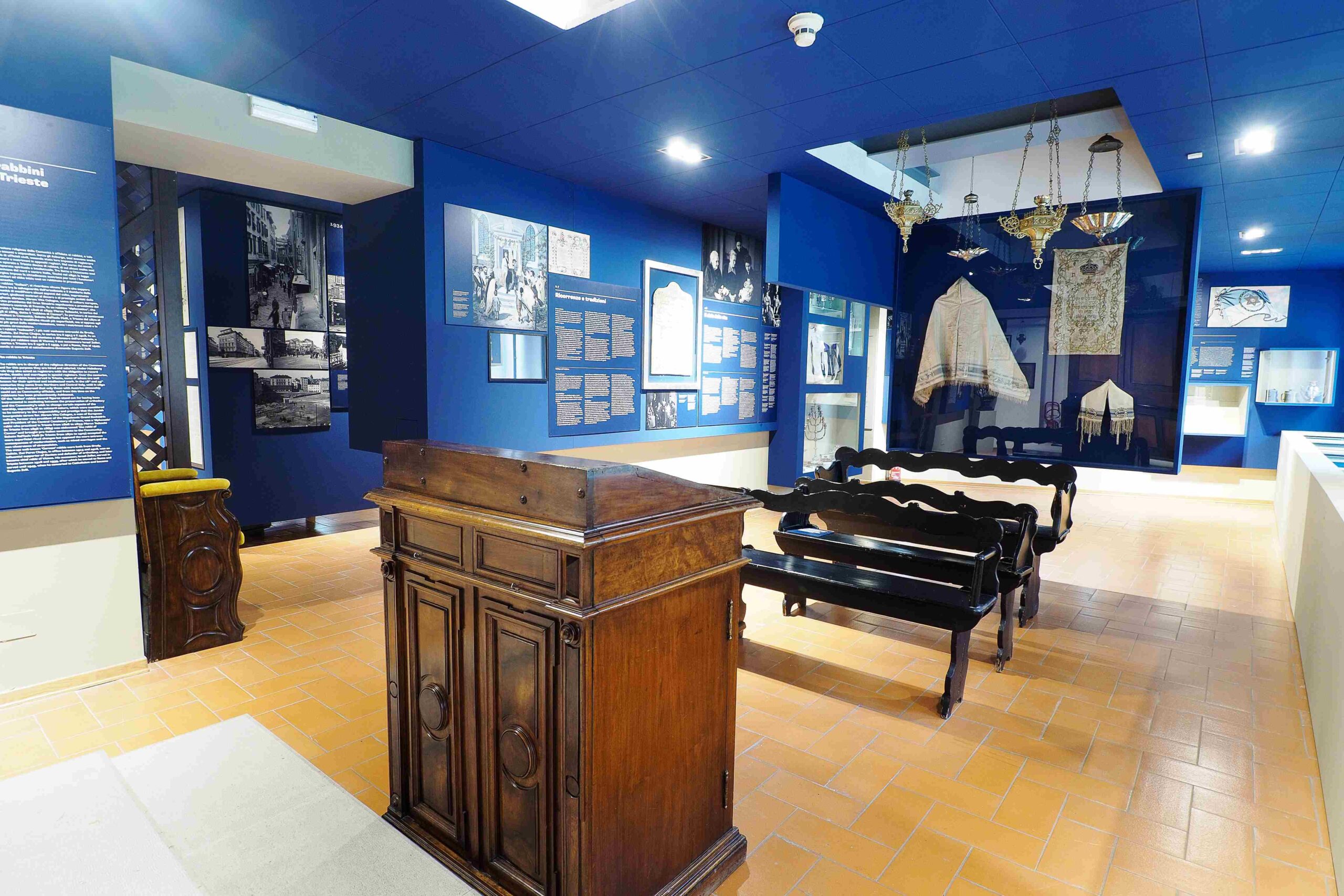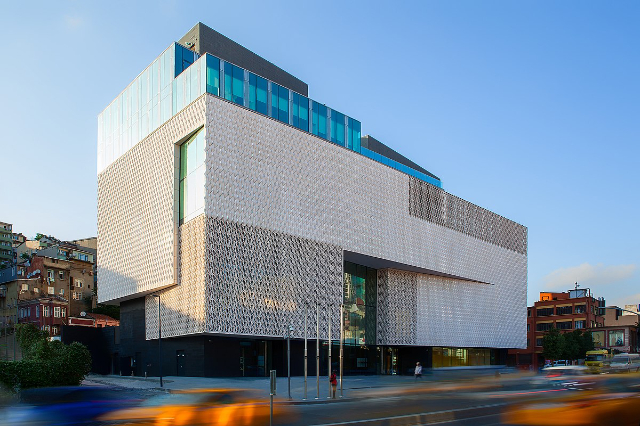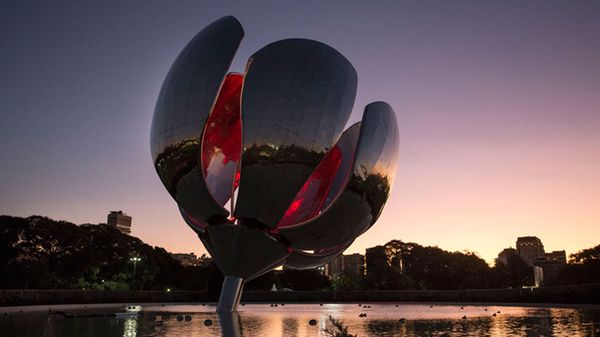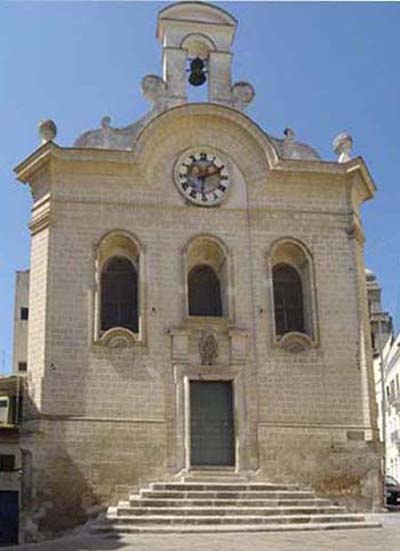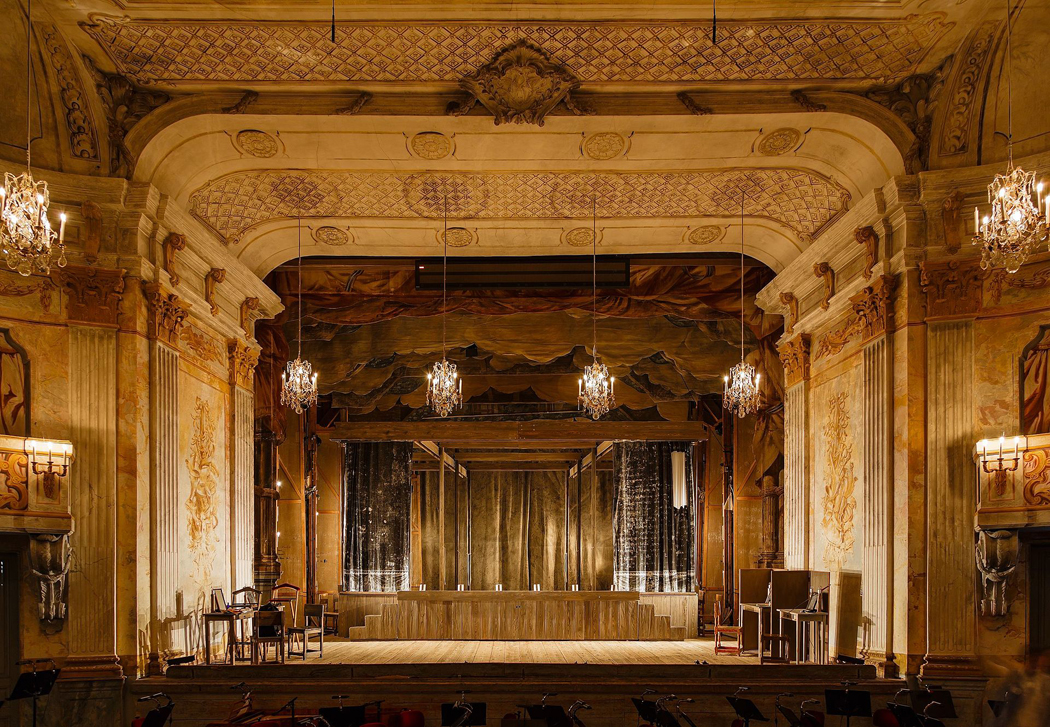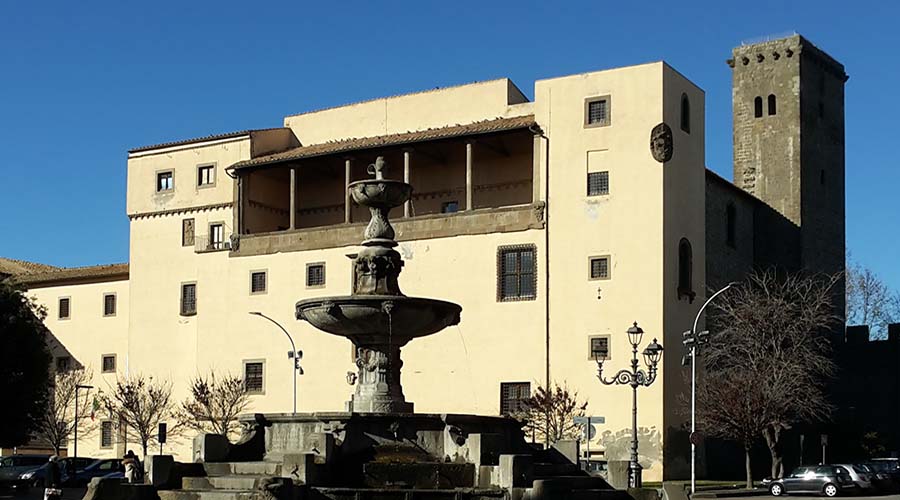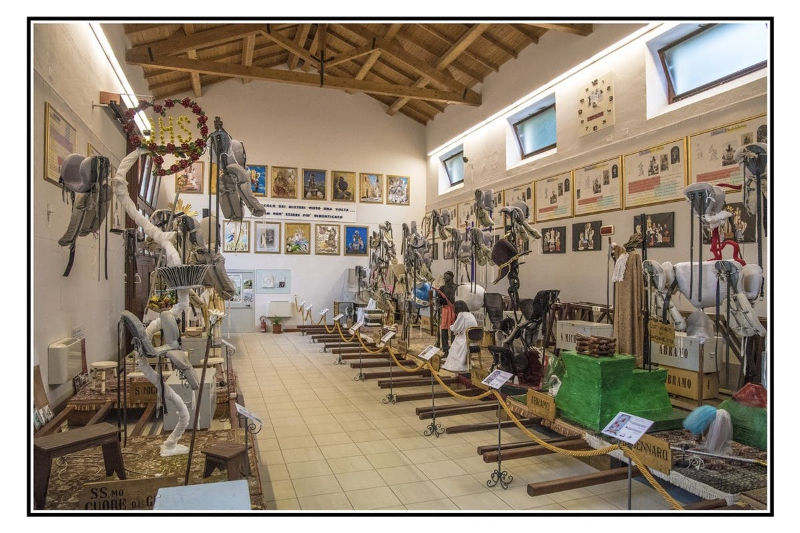The building itself of the Jewish Museum "C.e V. Wagner" is of particular importance in the life of the community of Trieste. Once a Jewish hospital, it was used in the decades before the Second World War, until 1941, as the seat of the Jewish Agency that received refugees fleeing the Nazis who embarked from Trieste for Palestine or the Americas. It was then, in the mid-twenties, that Polish Jews created a small oratory of the Askenazi rite inside the building, which remained in operation until 1987 and today is part of the museum display and still occasionally used for worship.
The material on display comes from the three synagogues built in the city between 1748 and 1825 and dismantled with the inauguration of the Major Temple of Trieste in 1912, and from private donations by Trieste’s families. These are ritual objects, silverware, textiles and books (the oldest object on display is dated 1594), covering four centuries of Jewish life in Trieste. Among them are some curious pawn books in Triestine dialect handwritten in Hebrew characters, and the two sovereign licences granted by Empress Maria Theresa of Austria to the Jews of Trieste on 19 April 1771.
Finally, a section of the museum is dedicated to the memory of the Jews from Trieste deported with the Holocaust. On display are personal items seized from them at their departure and returned to the community only in 2000 after having been forgotten for years in a dungeon of the Treasury Ministry in Rome.
